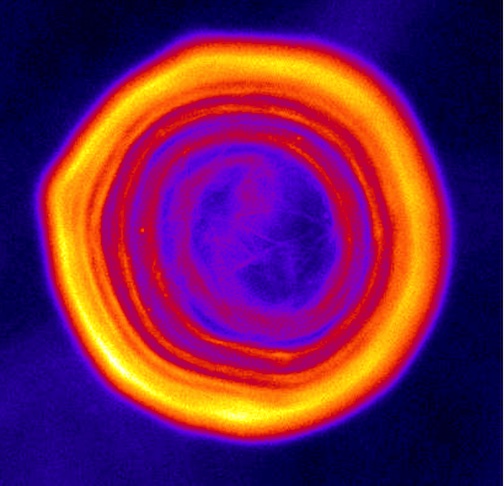Zvonimir Dogic (UCSB): Sculpting soft interfaces and elastic membranes with active fluids and motile topological defects

Significant progress has been made in our understanding of equilibrium self-assembly. By encoding intermolecular interactions and minimizing free energy, one can rationally design assemblages of remarkable properties. In comparison, our understanding of how large-scale structure and dynamics occur away from equilibrium is less complete. We describe two hierarchical self-organizing processes of remarkable complexity. In one case we start with an initially uniform mixture of microtubule-based active fluid and a phase-separating fluid. We describe how activity influences the deformations and breakup of the passive-interface and the possible role of topological defects in this process. In a second case, we describe how active fluids shape the structure, mechanics, and dynamics of a passive network of cross-linked actin filaments. These experiments demonstrate a need for developing a multiscale theoretical understanding of self-organizing processes that take place far from equilibrium.


